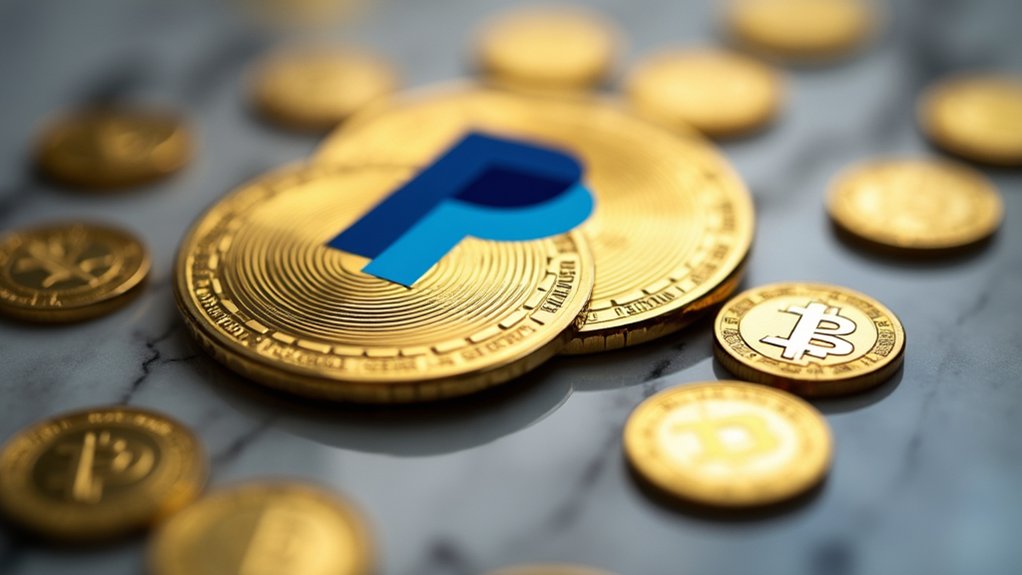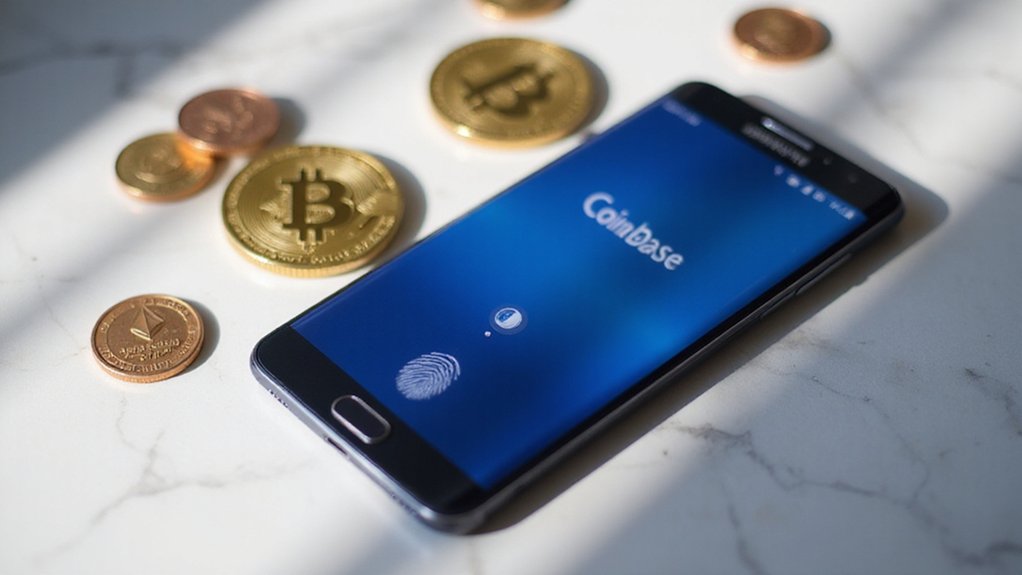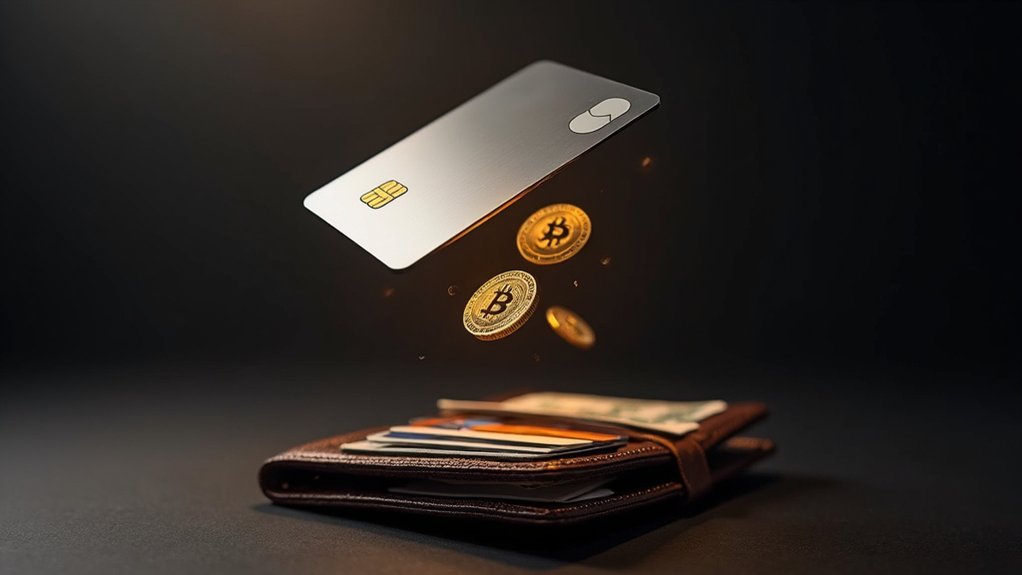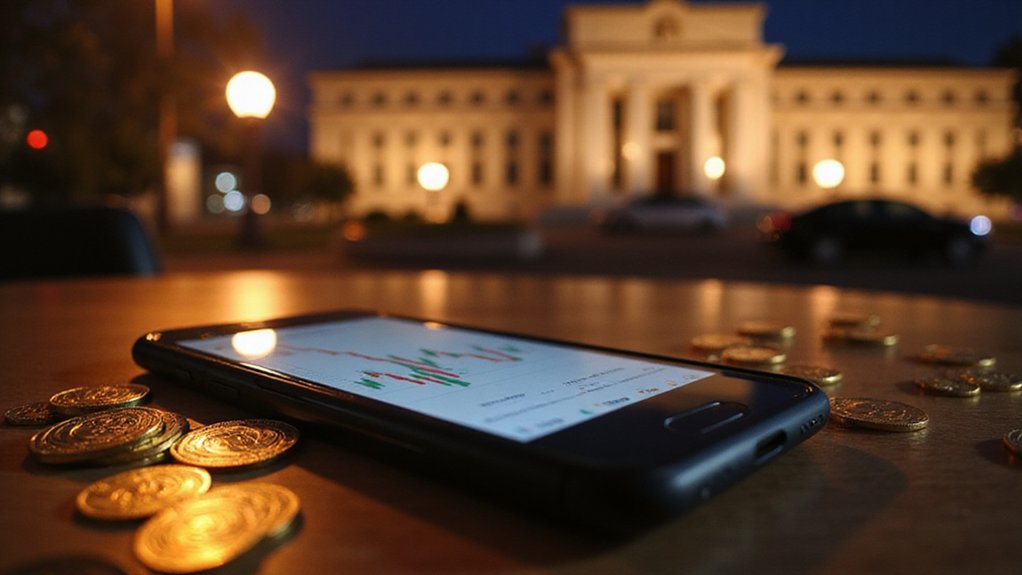While traditional banks continue to debate the merits of digital transformation at glacial speeds, European consumers have quietly embraced crypto cards with the enthusiasm typically reserved for finding a functioning ATM in rural Italy. The numbers paint a picture of remarkably swift adoption, particularly for transactions under €50—precisely the territory where traditional banking fees become proportionally absurd.
The average crypto card transaction hovers at €23.70, meaningfully below the €33.60 average for conventional bank cards in Q1 2025. More tellingly, nearly half of all crypto card transactions fall below €10, encroaching on cash’s traditional domain with the persistence of a determined tax auditor. This shift represents more than mere technological novelty; it signals a fundamental recalibration of how Europeans approach micropayments.
Stablecoins dominate this landscape, commanding roughly 73% of crypto card usage—a preference that makes perfect sense when you consider that most people prefer their coffee money to maintain consistent purchasing power between morning and afternoon. The remaining transactions feature Bitcoin, Ethereum, Litecoin, and Solana, suggesting that crypto cards have evolved beyond speculative instruments into genuine transactional tools.
The appeal becomes clear when examining the friction points crypto cards eliminate. Traditional banks have somehow managed to make small transactions both expensive and time-consuming—a feat roughly equivalent to making water wet and fire hot. Crypto cards offer near-instantaneous processing with minimal fees, directly addressing the pain points that have plagued conventional banking’s approach to micropayments.
Tech-savvy urban populations drive this adoption, unsurprisingly gravitating toward solutions that align with their digital-first lifestyles. The rapid growth over the past year indicates this isn’t a fleeting trend but rather a sustained shift in payment preferences, one that forces traditional banks to confront an uncomfortable reality: their customers are increasingly willing to bypass them entirely for everyday spending. This migration toward peer-to-peer transactions reflects the broader movement away from centralized financial intermediaries that has characterized the cryptocurrency revolution. CEX.IO’s reported 15% increase in new crypto card orders during the first half of 2025 underscores this accelerating momentum.
The implications extend beyond individual transactions. When nearly 50% of crypto card usage occurs in the sub-€10 range, we’re witnessing the emergence of a parallel payment system that could fundamentally alter how Europeans conduct small-scale commerce. Traditional banks, meanwhile, continue their deliberations—presumably at their customary pace.









